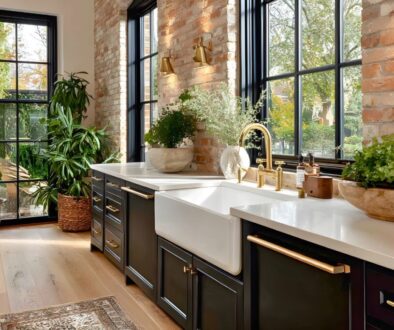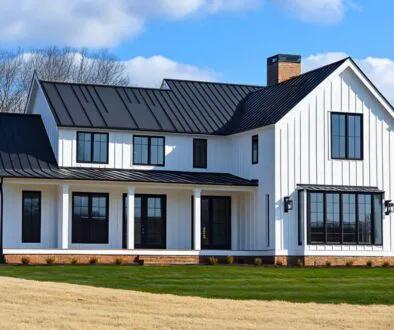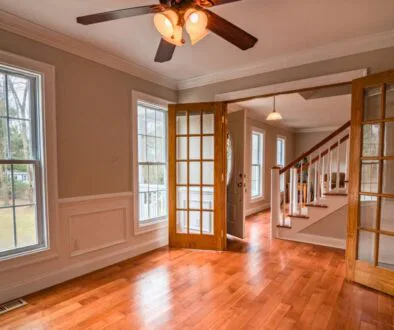What Is Muji Interior Design?
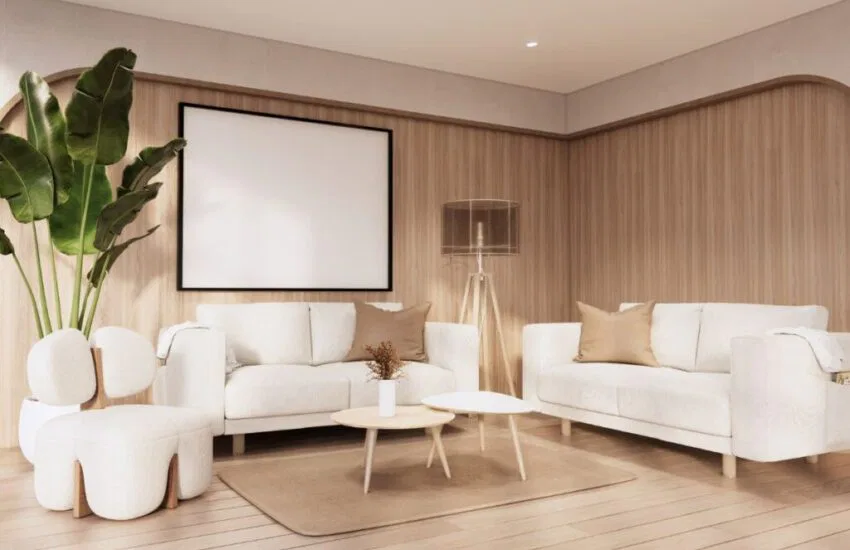
Published December 11, 2023
The minimalist movement has emerged as a soothing balm for overwhelmed souls in a world overrun by clutter and chaos. As Marie Kondo ignited the passion for decluttering and simplicity, another gem emerged: the Muji style.
Minimalism has gained popularity over the past few years. People worldwide are starting to practice this kind of lifestyle. However, according to statistics, Americans are not minimalists—but they’re becoming one.
The preference for the style has grown over the years. The design promotes a calm and simple look, but achieving it requires balance. The style creates spaces with simple designs and versatile furniture, perfect for modern families.
Let’s discover the heart of Muji interior design and learn how to create a peaceful home.
What Defines Muji Interior Design?
Muji, the renowned Japanese lifestyle company, embraces the philosophy of “No-Brand Quality Goods.” It offers many practical, functional, and high-quality household goods and clothing. Inspired by the Japanese Zen religion, the essence of Muji exudes an elegant and minimalist aesthetic. This approach has also become a trend in interior design.
The signature look of this style embodies the concept that less is more, reflecting the essence of Muji’s philosophy. Creating a cozy and meditative ambiance can be achieved by decluttering your home. However, striking a balance is essential, as going too far can result in a lifeless and empty atmosphere. Therefore, maintaining harmony is vital.
You’re entirely wrong if you think Muji is only about minimalism. The idea of Muji is also about having high-quality and well-crafted furniture that’ll last to enhance the true essence of Zen living. The inside of your home should be open for flexibility and can adapt to the changing lifestyle and needs of the whole family.
You may think that a simple and neat style is effortless. However, it takes skills to achieve the Muji look without being boring and dull.
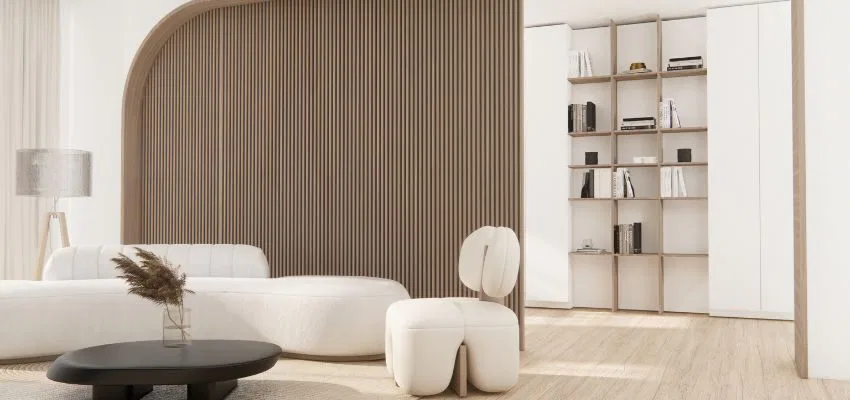
Key Features Of The Muji Interior Design
If you plan on incorporating or switching to a Muji-style interior for your home, you must be familiar with the key features.
1. Minimalism
In Muji interior design, minimalism is the signature look, where less is more. Once you clear out clutter and unnecessary possessions, you end up with a simple and functional space. If you look closely at Muji-inspired homes online, you’ll notice that they feature a simple and well-kept ambiance. However, the style focuses on minimalism and creating balance and harmony in a home.
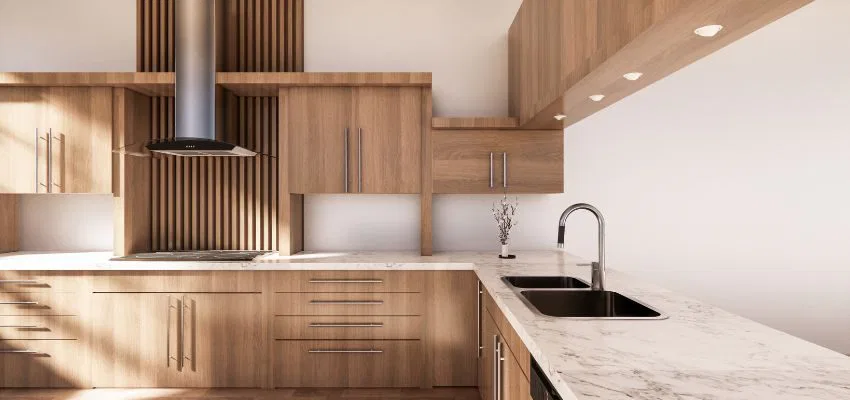
2. Functionality
The main distinction between minimalist design and Muji is that the former does not give emphasis or focus on functionality. Both interior design types emphasize simplicity. Muji also focuses on functionality. It means every cabinet and furniture should have a specific purpose with as minimal clutter as possible. For example, utilizing the space underneath a bed platform as storage space.
3. Versatility
You can change your home to suit your needs using versatile furniture and decor. The ideal choices are aesthetic pieces that are easy to move around and multipurpose furniture.
4. Natural Materials
Incorporating natural materials is also another common element in the Muji style. It’s perhaps one of the key factors defining a Muji home visually. Think of adding bamboo, wood, stone, and fabrics. These materials impart a touch of warmth and inviting ambiance to any space.
If you’re planning a major renovation project and want to give your home a distinct Muji touch, you might want to buy white oak for the beams. It’s a guaranteed way to add a touch of elegance and style to your living space.
5. Zen-Like Atmosphere
A zen-like atmosphere focuses on relaxation and peace of mind. When you walk into a Muji-inspired home, it exudes a sense of relaxation and ease. The best way to achieve this is to combine the critical elements of incorporating natural materials and cutting down on clutter.
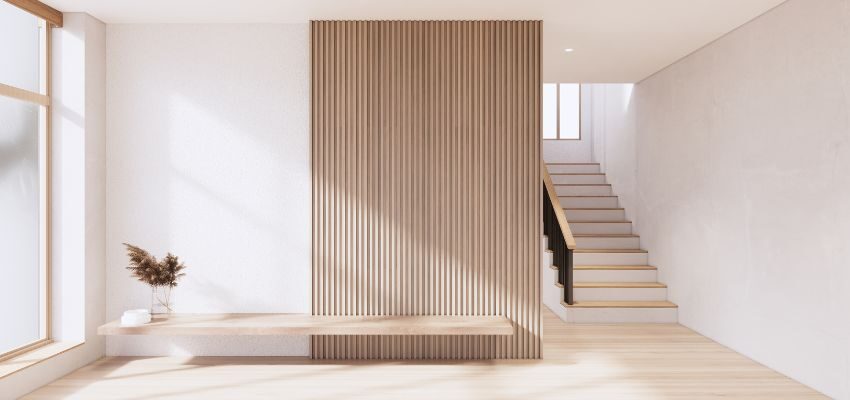
How To Start With Muji Interior Design
Before decluttering and organizing your home, you must understand the Muji style. Remember that it’s not only about minimalism; you must know its key features to achieve that Muji vibe.
Here are the key points:
- Clean and neat designs.
- Quality and well-crafted, practical furniture that can adapt to changing needs.
- Easy to arrange decors (uniform and linear shapes)
- Neutral colors and natural materials. (woods, metals, cotton, and linen)
- Bright and airy spaces and a little touch of greenery.
Keep The Space Clutter-Free
Start the transition into a Muji home by decluttering. It doesn’t mean letting go of everything you own—simply select what you display and think of creative ways to hide the rest.
One of the considerations to give you a head start is scrutinizing your belongings and deciding what you need. You must also invest in space-saving storage solutions to keep things organized. Remember, it’s not a single decluttering task but should be an ongoing chore.
Paint Colors To Use For The Walls
Since the central concept of Muji’s style is minimalism, colors that are too flashy and shocking, such as neon colors, are a big no. You need subtle hues and shades that are earthy, calming, and cozy to the eyes. Go for white, cream, gray, khaki, or olive green to complement it with minimalist materials.
The ideal combination is cream/beige, white, and gray. The beige and cream hues create a sense of visual flow from one part of your home to another. Both white and light gray imparts an airy and bright ambiance. For a touch of visual interest, integrate darker colors in specific areas, such as accent pieces or furnishing. Suitable choices for accent colors include dark brown, green, maroon, and light pink/purple.
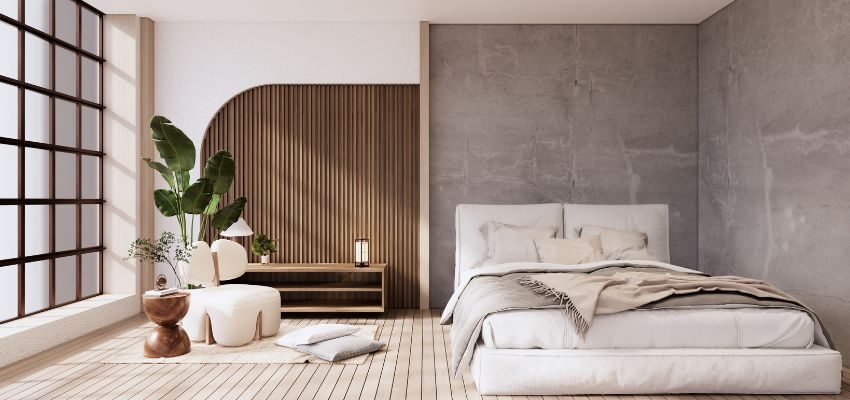
Materials You Should Use
To achieve that Muji style, your furniture, and other materials should also have a minimalist look. Go for a more natural and rustic look with a combination of some synthetic materials.
But practicality must come first whether you choose wooden flooring or some steel or plastic storage. When selecting wood for flooring, light-colored options are preferred to brighten up the place once natural light comes in.
After all, it’s one of the essences of Muji’s philosophy. So if you don’t need it, even though it’s eye-catching and has head-turner decor, don’t buy it. Simplicity and functionality are what Muji design is all about.
Adequate Storage Space
It’s crucial to have abundant storage to keep your belongings hidden. Doing so can keep your home tidy and spacious. Ideally, go for built-in floor-to-ceiling storage since it maximizes space that would otherwise go unused. For example, a wall panel with hidden storage creates a cohesive look. Having hidden storage cabinets built into your furniture is also a practical option.
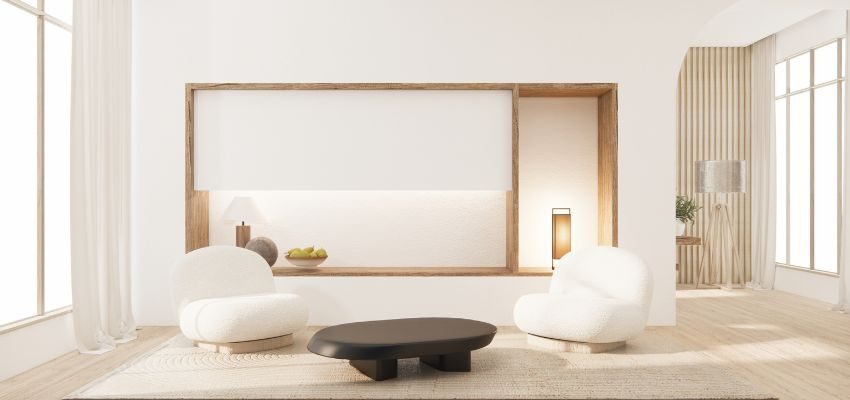
Go For Functional And Minimalist Furniture
Switch to furniture pieces that both have minimalist and functional elements. Steer clear of large, bulky options and go for pieces that are easy to move around to maximize your space. If you’re looking for a Muji couch, a model with comfortable cushioning on a simple wooden frame works best.
Muji furniture often features smooth surfaces, low-profile designs, and minimal ornamentation. Look for multifunctional and modular pieces for multiple use and maximize space.
Incorporate Nature Into The Design
The ideal approach to create a zen-like ambiance in your home is to incorporate nature. Embracing natural light and surrounding yourself with greenery can profoundly impact your well-being. By welcoming the gentle glow of natural light into your home, you can uplift your mood and enhance your energy levels. To maximize the benefits, consider using sheer curtains that allow ample sunlight to illuminate your space during the day.
Adding greenery via live plants helps purify the air and creates a sense of tranquility. The combination of these elements creates a calm, relaxing space.
Frequently Asked Questions About Muji Style
1. What Is The Concept Of Muji Design?
Muji style is straightforward. It’s known for its lack of ornaments or decorations. Each item or piece must serve a purpose in the most minimalist and clean way possible. Always remember—less is always more.
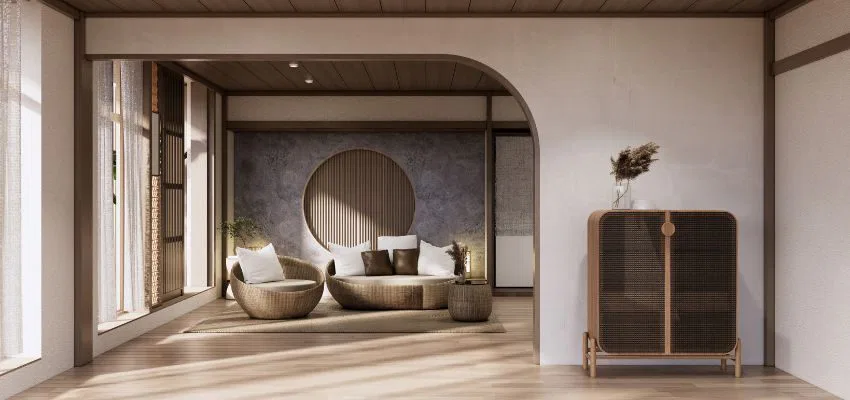
2. Is Muji A Style?
Muji is a Japanese concept embodying a minimalist living room style under the influence of the Japanese Zen religion. The main features are sleek and simple, with organic elements and subtle iconic design hints.
3. Where Did The Muji Style Come From?
The Muji interior design originated from the Japan Retail Store Mujirushi Ryohin. It translates as “no-brand quality goods.” The core philosophy of Muji, which was founded in 1980, is beyond minimalism. It combines quality, functionality, aesthetics, and environment friendly, with a Japanese Zen influence.
4. What Is The Difference Between Muji And Scandinavian Interior Design?
Muji and Scandinavian interior design both focus on simplicity and functionality. However, they have distinct characteristics that make them different. Scandinavian design has Nordic roots that tend to favor clean lines more prominently. The style combines textures and soft hues to create warm, inviting spaces. In terms of color, the color schemes lean more on cool and muted shades. Additionally, natural elements such as wood, leather, and stone are extensively used.
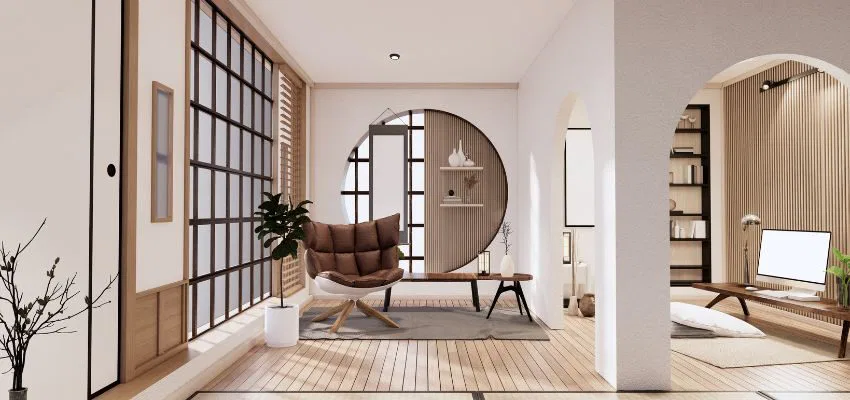
Embracing Muji Style For A Tranquil Home Haven
As you organize your belongings and find peace in your home, the Muji style can help. It’s all about simplicity, functionality, and elegant minimalism. When you embrace this design concept, you’re not just decluttering. You’re creating a space that harmonizes with your lifestyle. Make your home a peaceful sanctuary with simple, purposeful pieces that create warmth.
Hire The Timber Experts For Your Next Project
Vintage & Specialty Wood should be your source of the highest quality timbers from around the world. When it comes to fabricating and installing reclaimed wood or specialty wood products in your home, we don’t cut corners. We offer many reclaimed wood and specialty wood products such as Douglas Fir, white oak, and much more. We also offer timber framing and wood flooring services as well. Contact our team today to speak to a timber expert about what Vintage & Specialty Wood can do for you.

This Blog Is Fact Checked
This content has undergone meticulous fact-checking by our team of internal experts. Gain a deeper understanding of the high editorial standards we uphold on our website here.

About The Author
Experience, exploration, and knowledge are the hallmarks of writer Rei Bayucca. Her dedication to crafting articles that both inspire and educate will leave you thinking long after you’ve finished reading.

